Samsung does not connect to the computer. Samsung galaxy computer connection
In a separate article.
When the phone / PDA is connected to the PC via a usb cable, the device is not detected, but only charged:
1) Set the checkbox "Settings \\ Connect to PC \\ Ask". If installed, remove and reinstall.
2) Try to replace the cable.
3) Plug into another USB port (preferably behind the system unit, since these ports are soldered directly on the motherboard).
4) Try another PC.
5) Try another flash card.
6) Prohibit / delete task killer (if one is installed), or add "PC Synchronization" to the exclusion list.
7) Try not to use adapters / extenders
8) Install the Android_USB_Driver__winXP_win7_.rar driver
Drivers will also be installed when installing programs from various manufacturers to synchronize devices with a PC. IMPORTANT: when installing drivers, be sure to disable antivirus software on your PC.
9) Make a wipe through the PDA settings (reset to factory settings) or through recovery (go to ClockworkMod recovery and perform wipe data / factory reset). This will remove all installed applications and restore the default settings.
10) Reboot PDA and / or PC.
11) Uninstall the installed drivers and corresponding software on the PC (for example, MyPhoneExplorer), restart the PC, install the drivers again, restart the PC again.
12) use the advice indicated.
13) Turn off the PDA, get the battery, SIM card and memory card for 15-30 minutes.
14) Clean the connectors in the device Problems connecting via USB (Post # 19849241) and FAQ for Samsung Galaxy Ace GT-S5830i Problems connecting via USB (Post # 20080680).
15) Update Windows Media Player USB Connection Problems (Post # 20228084)
16) For Samsung owners: update KIES and press "update driver" in it. USB connection problems (Post # 20192608)
17) Reflash.
18) Hike to the service center.
(!!!) P.S. Do not forget that problems with connecting the device to a PC via USB can be caused:
- features installed on a specific device, custom firmware;
- third-party software installed on the device and / or PC, a conflict between them, etc .;
- the problem may be in the "hardware" (technical malfunction of the memory card, USB-port, wires, etc.).
In the presence of these circumstances, universal methods, indicated anywhere else, may not be of help to you.
Proper removal of device drivers from a computer
Device drivers are usually hidden in the device manager as soon as the device turns off or gives a command to hide it (despite the fact that they are still installed in the system). Very often, the "like" drivers conflict because of inconsistencies between versions, etc.
The method of cleaning the list of unused devices: (Already tested by many and gives good results when nothing helps to "see" a working "device."
0. Disconnect all external USB devices from the computer.
1. Create an environment variable named DEVMGR_SHOW_NONPRESENT_DEVICES with a value of 1.
For this: 1.1. Right-click on the “My Computer” icon (My Computer) and select “Properties” (Properties).
1.2. In the dialog that opens, go to the Advanced tab and click on the Environment Variables button.
1.3. On the Environment Variables panel at the top of the dialog box, click the New button.
1.4. In the "Variable Name" field, type (better copy from here) DEVMGR_SHOW_NONPRESENT_DEVICES, and in the "Variable value" field, enter 1.
1.5. Press the “OK” button twice in a row.)
The created environment variable will allow the device manager to show all device drivers installed in the system (both hidden and all that have ever connected to the computer).
2. Call the manager / device manager:
3. Right-click on the My Computer icon, select Properties, and go to the Manage tab.
4. Click on the “Device Manager” button, expand the “View” menu and select the “Show Hidden Devices” command.
5. Start the “sweep” of the system from the “trash”:
5.1 "Disk Devices" section. Every time you plug in a new flash drive, a new driver is installed. Every time you connect the same USB flash drive, but to a different USB port, a new driver is installed. The drivers of all currently disconnected removable media in this section can be safely removed - they will be re-installed when connecting USB flash drives and other USB-drives. Among these hidden and unused drivers will be the driver of "your device" (perhaps "unsuccessful" and not one). It should be called "Your Device" USB Device, but it is not always defined correctly and therefore the name may be different ... Feel free to delete everything that relates to "Your Device" in this section. When you first connect your device, the new driver from the current one will install itself or ask you to install it.
5.2 Section "Other devices" Here you can delete all HID (gray) devices - these are all your unsuccessful attempts to put "something". You definitely do not need them ...
5.3 The section "Volumes of storage devices" Here you can delete the HID (gray) "volumes of storage devices" are the "letters" of your flash drives - they are not needed, because will be assigned again when you connect a flash drive ..
5.4 Section "Universal Serial Bus Controllers USB": Here you can remove all HID (gray) devices: "Your device" Device USB Driver, USB storage device, Unknown device and others.
5.5 Restart the computer.
6. After all these deletions, try reconnecting “your device”. It should show up as a new device and Windows will install drivers for it or you install them yourself (on some devices you need to install drivers without connecting via USB, that is, connect after installing the driver).
6.1 Restart the computer.
Usually this procedure fixes all problems in conflicting drivers of "your device".
How to connect the phone to the computer?
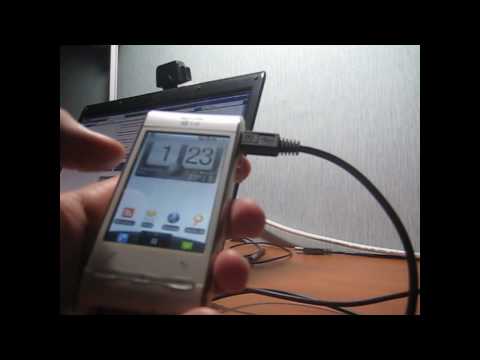

Today, almost every person has a smartphone in his pocket. Our life is hard to imagine without them. Information that is on modern mobile phones can be synchronized with a PC, so many owners of smartphones are interested in how to connect the phone to a computer in order to copy music, video, phonebook contacts, and so on.
There are only three main ways to connect your phone to a computer:
- using a USB cable;
- using Wi-Fi;
- using bluetooh.
We connect the smartphone via USB cable
For Android phones, the general algorithm of actions is as follows:
- Insert the micro USB into the phone jack by connecting the other end to the USB port of the computer;
- Wait for a distinctive sound, indicating a new device is connected, after which the pop-up prompt “New device detected” appears in the lower right corner;
- As a rule, drivers are installed automatically, but on earlier versions of operating systems, you may need to click on the hint and install drivers in semi-automatic mode, like any standard program;
- When the hint "New device is recognized / successfully connected" appears, you can go to "My Computer" and find your smartphone among the shortcuts.
If any moments in the instructions cause you difficulty, then also read the article, which describes in detail the necessary actions.
And for owners of Samsung Galaxy Ace phones, the article will be interesting, since for some models it is necessary to download a separate program.
Wireless connection to computer
To exchange data via Wi-Fi, you need to download the convenient program Connectify, which will allow you to make your access point from a PC. After downloading and installing it, perform the following steps:
- Go to the program interface and enter the name of the access point in the "Wi-Fi name" field;
- If you do not want outsiders to have access to the Network, then protect it with a password by entering the code in the "Password" field.
The program will perform the rest of the settings automatically. After confirmation, you can share files with your PC. The advantage of this utility is that the software supports all mobile operating systems.
Learn more about connecting via Bluetooth
Of course, when you connect your phone to a PC via Bluetooth, the data transfer rate will be much lower than when connected via cable. But the plus is that it is not necessary to leave the mobile device close to the computer, because the range of this wireless connection reaches 100 meters, which will allow you to move freely around the house, while transmitting the necessary information to a PC. Bluetooth is embedded in many models of laptops, so we recommend that you also read the article to learn the features of this method.
Connection order:
- Activate Bluetooth on your smartphone and laptop;
- Then on the computer click "Search for devices". When it is over, the program should find your mobile phone (the name of the smartphone can be found in its network settings);
- Click on the name of the desired device and select "Do not use access key". After that, the installation will begin, after which you can start transferring files.
If you have an idea of how to connect your phone to a PC, you can learn how to use additional features, including transferring files to and from the device itself, respectively. And all this without internet connection, and at high speed.
Connect your phone to PC It is mainly necessary for transferring photos from a smartphone, as well as other files. Modern phones support multiple PC connectivity. What are the connection options?
The main ways:
1. Normal connection of a smartphone and PC with a cable via USB-port;
2. Wireless connection of the smartphone and PC via WiFi;
3. Wireless connection of the smartphone and PC via Bluetooth.
Of course, you choose a connection method. Each separate method has its own advantages. For example, if you need to transfer a large amount of data, then the first method is suitable: connecting through the USB port.
A wireless connection is a fast connection, but the transfer of data and information is a bit slower. They are used when the PC has a Bluetooth and Wi-Fi module, and the USB cable is not available at the moment, or the port is not working.
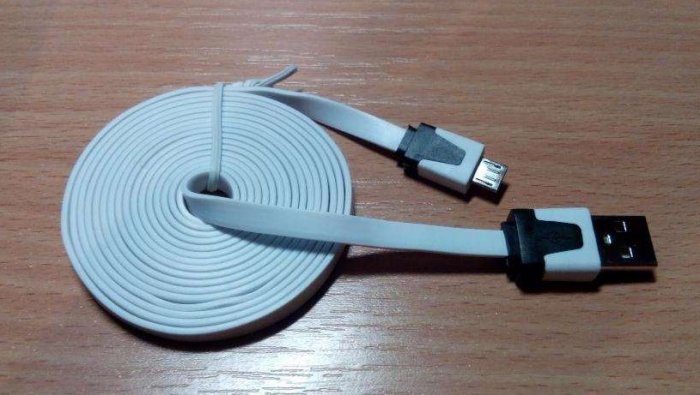
Using "WiFi"
"Wi-Fi" connection is very convenient, high-quality and fast. But the data is transferred rather slowly, and in order to carry out these actions, a special Router-Wi-Fi or adapter will be needed.The fastest way to connect a smartphone to a PC via WiFi is to install the application.
Such programs are for a variety of OS, including Android and OS. The principle of operation of these programs is identical. If your smartphone is on Android, then the application from PlayMarket will help you. FTP server.
After installing it on the phone, it will need to be started, and then write the address that the program shows in the special “Explorer” line. This makes it possible to be in the mobile data folder.
The user can delete, modify, add files on the phone and on the removable disk of the phone.
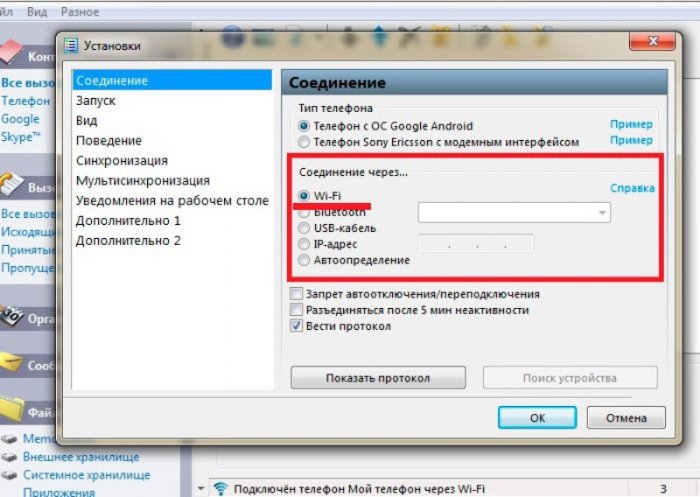
Using USB connection
When using the YUSB connection, the user acquires a huge number of possibilities:1. The speed of information transfer is very high;
2. Use your smartphone as a webcam and communicate with it in Skype, Snapchat and more. This is a great opportunity to replace the webcam on the PC.
Among the disadvantages: device binding to the PC. At this time, it is impossible to call or go out with the device further than the cord allows.
All you need is a suitable cable and port on your PC. Most often, additional drivers for connecting and detecting the phone are not required.
Through the USB port can charge the device.
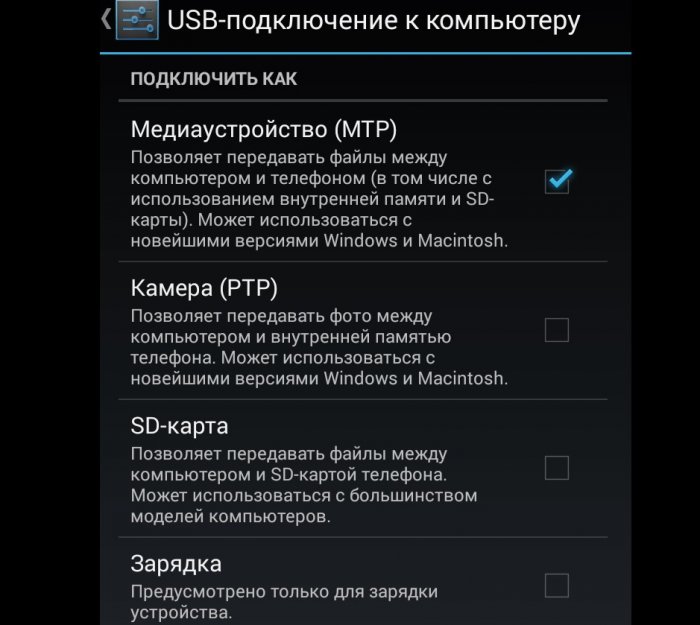
When we connect the smartphone via USB cable, a notification appears about the connection of the device. After the automatic installation of utilities, the synchronization will end automatically.
Use bluetooth
In modern laptop models, the Bluetooth module is available when such a module is extremely rare on a PC. With the help of "Bluetooth" the user can synchronize one device with another.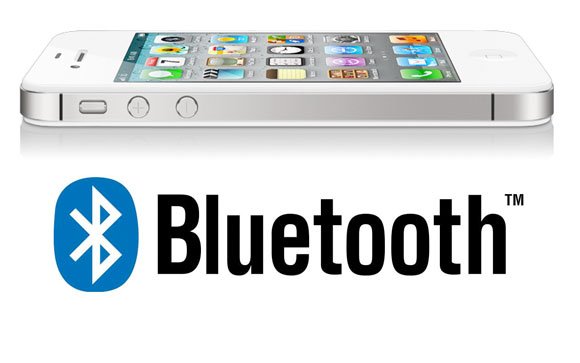
When a smartphone is detected, it connects via Bluetooth. Select the option "Without using the key."
Probable problems
It so happens that when you try to connect to a PC, the installation of drivers begins. The user can only wait for the installation process to complete. If the program cannot be installed automatically, then it is installed manually.Usually a compatible driver can be found on the official website of the smartphone.

Also, there are situations when you need to enable "debugging" in the phone settings.
Connection to computer failed, what to do?
There is an additional option for data transfer, which is used only in those situations when none of the provided methods is available.You will need:
- Removable flash card on your smartphone;
- Card-Reader on PC or laptop.

All that is required from the user is to transfer data from the phone to the microSD card, remove it from the device and insert it into the Card-Reader PC. Or do the opposite, it all depends on your goals.
So what do we have? Touch-screen Samsung galaxy Y phone with support for 2 SIM cards, Wi-Fi, Bluetooth, 3 MPixel camera, with Samsung TouchWiz, etc. The problem is to connect Samsung Galaxy to a computer for file sharing: to transfer photos, music and video files through the included USB cable.
Connect Samsung Galaxy to computer
If you just take and "stupidly" connect your Samsung Galaxy to a computer, then you will see an inscription notifying you that no drivers have been found. It is clear that this situation does not suit us. So to synchronize samsung galaxy with a computer, we will do the following:
1. Connect the USB cable to the computer to the phone. On the top / left of the screen we see the USB icon. Next ... us in the hidden top menu.
2. Pull the finger, opening the curtain. We click on the inscription "Select files to copy ..."

3. In the appeared window with the green Android, we confirm our desire to connect to the computer the USB-drive, which is our phone / smartphone. Click "Connect ..."

4. We confirm once again that we know that some applications will not be available at the time of connection. Click "Yes."
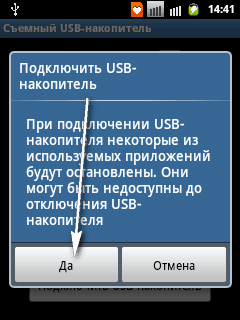
5. An orange Android icon appears. Your smartphone is connected to a PC. Open folders. Download and upload files in both directions.
Another way to connect. Through the menu "Settings". More "hemorrhoid", but the output is the same:
1. Turn on the smartphone screen and go to "Settings". My settings icon is displayed on the main screen (see photo).
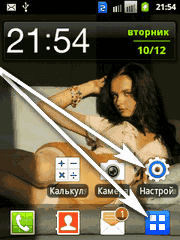
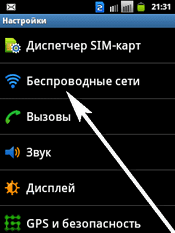
3. USB media. Select USB cable connection mode \u003e\u003e\u003e

4. Removable USB drive. Connect the drive to the PC \u003e\u003e\u003e Click. To use a removable drive, connect a USB cable. Now we connect the cable from the computer to the phone. (Here it may be necessary to repeat the operation several times - for it sometimes “blunts”.
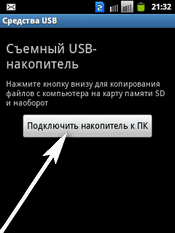
5. USB connected \u003e\u003e\u003e
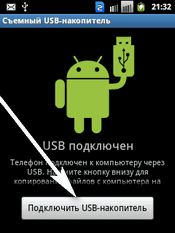
6. Connect a USB drive \u003e\u003e\u003e Yes.

7. Everything Samsung galaxy computer connection happened.
8. Throw the necessary files back and forth, create folders as you like.
How to connect to the PC Samsung S6 read on.
The very first time you connect to a computer, the S6 may be mistakenly recognized by the operating system as a USB device. We do not need it, so we do the following:
1. First of all, in the settings, remove the checkbox "USB debugging".
2. Connect your Galaxy S6 to a computer (via factory cable).
3. Allow "Use as data storage".
After the actions performed, the computer will see the phone as a regular USB flash drive. Now you can freely exchange information with your PC in both directions.
See an example with Xiaomi for Android 6.0.1. How to connect it to a PC. Despite the growth of technology, the development of intellectual abilities of devices, the principle always remains about the same. Logically, you can always come to the right consistent decision.
Good luck! Yours sincerely, Alex Smith;)


















